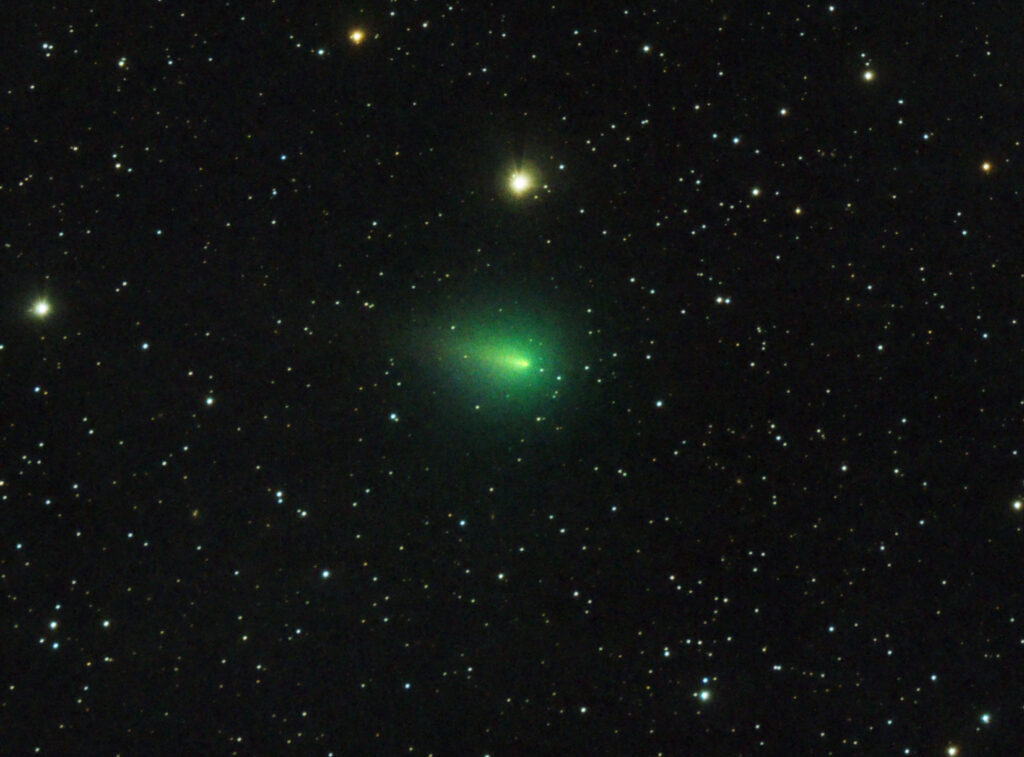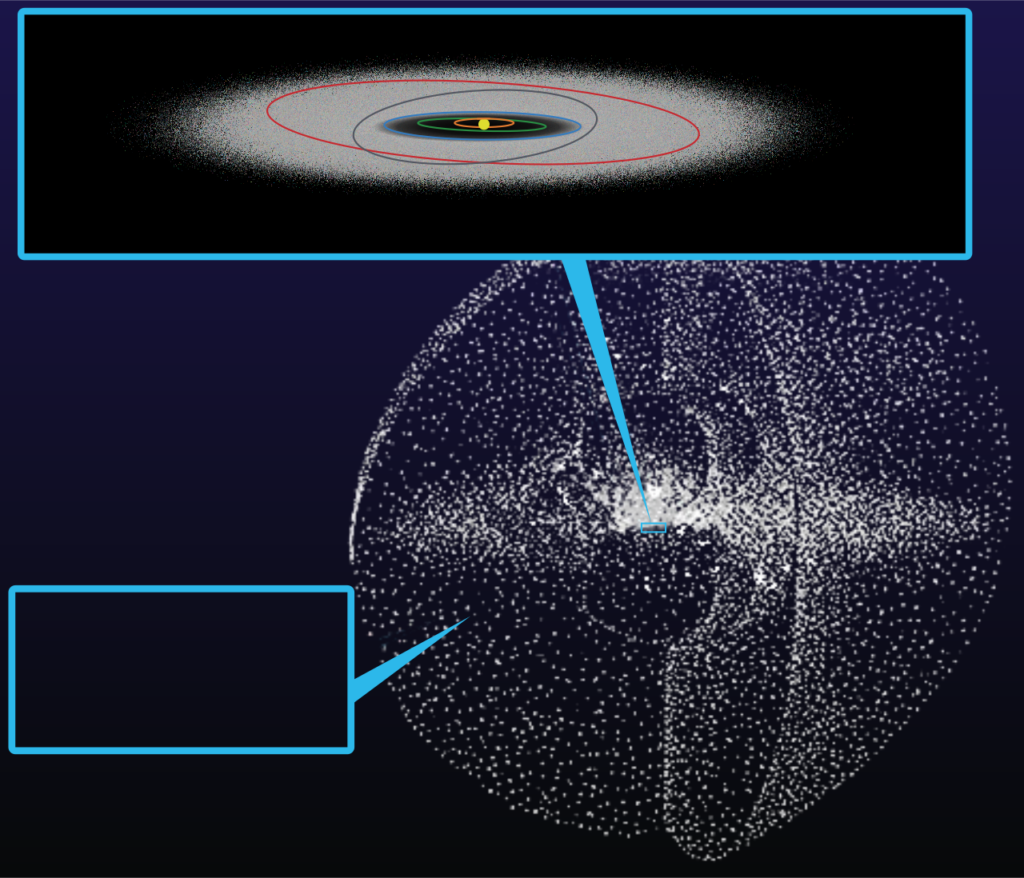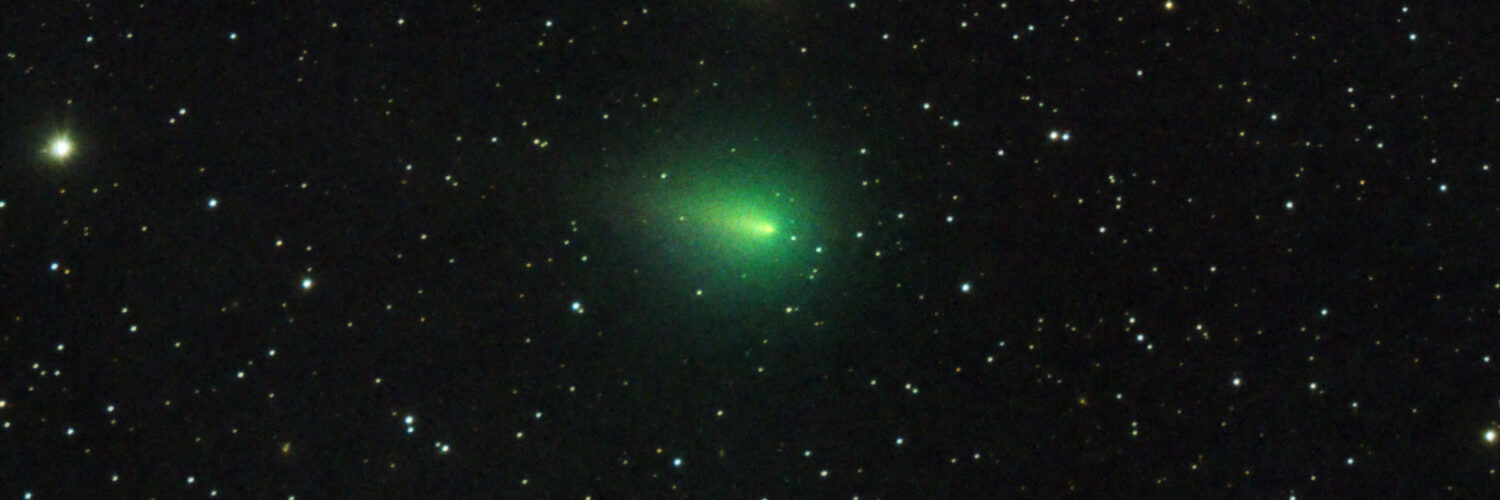For some, this can be considered a fascinating time to be living in for space observations. For the first time in 50,000 years, a green comet will pass through the skies close enough to see with the naked eye after 9:30 pm.
The comet can be spotted from different locations all over the world. While different sources report differently on the exact timeline of visibility, the best time to see it was Thursday, Feb. 2, and Friday, Feb. 3, after 9:30 pm until the early hours of the morning.
It has been highly cloudy the last couple of days, making it nearly impossible to view in D.C. from just being outside.

According to NASA, the constellation Auriga is visible at this time as well, as are Jupiter and Venus, which will appear to be converging in the sky throughout the next few days. It’s not too late to see anything.
Despite the cloudy conditions, George Mason University offers free access to their telescope for viewing the comet at their observatory, so anyone who has missed it thus far can continue to view it after tonight. While it is free to use the observatory, they do recommend and accept donations.
The green comet was previously predicted to be around 26 million miles from Earth, according to CNN. Witnessing this could truly be considered a once-in-a-lifetime opportunity.

Space.com reports that it came from the Oort Cloud, which has reportedly been three light years away from the Sun; a shockingly impressive distance for the green comet to travel.
#greencomet is trending on Twitter, with people posting their videos of the comet. It is recommended to look for the North star first to spot the comet and drive out of the city so light pollution doesn’t make it harder to see the sky.
To see the comet from home, visit the Youtube channel, THEREALPAX, which is doing a live stream of the view of the comet through a telescope, for anyone who cannot see it themselves but would like to witness it in real time. However, anyone still up for the challenge can head over to the George Mason University observatory, or any other of your choice to witness this.










Recent Comments